MARKET OVERVIEW
The Global Weather Strip market and its industry are a specific manufacturing area with products, which are intended to cover gaps in windows, doors, and other structures through which air, water, and dust might penetrate. The strips can be installed in residential as well as commercial applications to ensure energy efficiency, comfort, and safeguarding against environmental factors. Sustainability and efficiency are increasingly making its headways; the industry will respond as such, evolving to these technologies and changes in demands of consumers. Weather-stripping has been integral for a long time with respect to construction and auto-industries as insulation was maintained, thus guaranteeing perfect performance, with maximum efficiency and no loss.
Weather strips' materials ensure to be strong against weather elements: very robust to serve for long. Such products have such materials as rubber, silicone, metal, and foam designed to serve specific needs based on the requirement, either flexibility, heat resistance, or cost-effectiveness, which in turn impacts both consumer preferences and market trend. The Global Weather Strip market will look into the integration of smart technologies to meet the growing need for innovative solutions. For instance, products with improved thermal conductivity or moisture resistance will enjoy significant demand, especially because energy regulations are becoming more rigid globally.
This market is not only for traditional sectors but also for new applications that will emerge in modular construction and advanced transportation systems. Regional diversity will continue to be the hallmark of the Global Weather Strip market. Superior thermal insulation will be more in demand in colder climates, while durability and resistance to wear will be key in regions prone to extreme weather conditions. Demand patterns in each region will be shaped by climate and infrastructure development, pushing the industry to deliver localized solutions to meet specific environmental challenges.
In addition to its applications in construction and automotive manufacturing, the market will expand its focus on sustainable practices. The increased use of recyclable materials and environmentally friendly manufacturing processes will be in line with global sustainability goals. This shift is likely to redefine product lifecycles from design and material selection to disposal. As industries adopt greener practices, the weather strip market will play a supporting role in reducing carbon footprints across sectors.
Competition between firms will be intense in the Global Weather Strip market, wherein established companies and new players will work together to further innovate through research and development. Manufacturers will likely co-operate with architects, automotive designers, and engineers to design solutions that satisfy demands for better performance and greater aesthetic appeal. Digital solutions like 3D modeling and virtual testing will hasten up product developments which can be delivered faster while being customized.
The future of the Global Weather Strip market will be highly dependent upon the constant adaptability shown to the technologically evolving environment, the demands placed by regional variations, and the need to comply with environmental standards. As this industry develops, it will remain relevant to critical solutions facing modern construction and transportation systems. Quality and innovation, as embodied in the Global Weather Strip market, will be integral parts of infrastructural development all over the world.
Through the exploration of these advancements and trends, the Global Weather Strip market will continue to strengthen its position as a key enabler of efficiency and sustainability across multiple sectors. Its impact will extend far beyond sealing gaps, contributing to a future where comfort, performance, and environmental consciousness coexist seamlessly.
Global Weather Strip market is estimated to reach $24,061.7 Million by 2031; growing at a CAGR of 5.7% from 2024 to 2031.
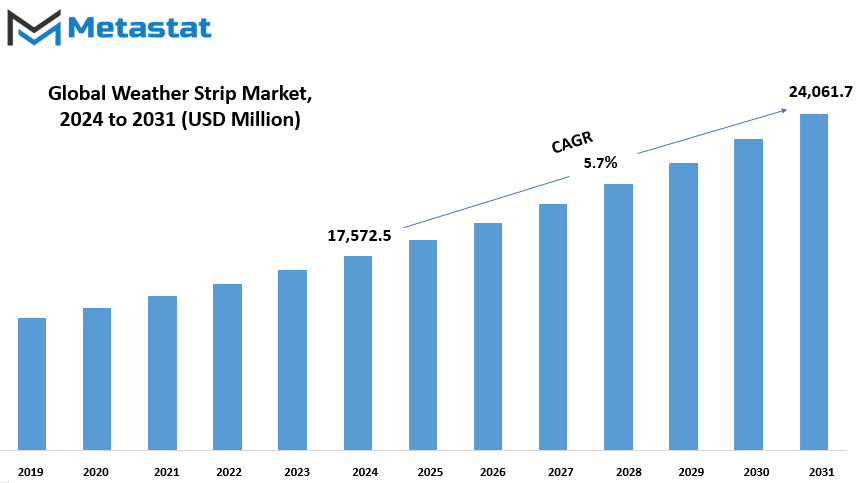
GROWTH FACTORS
Several factors drive the growth of the market for weather stripping solutions. Some of the factors are that demand for energy-efficient solutions is on an increase to reduce heating and cooling costs. As the prices of energy are also on an increase, there is a growing desire in people and businesses to lower utility bills, which weather stripping becomes an attractive solution. There is also an increasing consciousness of how such solutions would positively impact the environment. Most consumers are now looking for products that not only save them money but also help in protecting the environment, which further increases the demand for weather stripping.
Despite this, the market faces some challenges that may negatively affect its growth. One such challenge is the high initial cost of some premium materials used in weather stripping. While these may provide better durability and performance, the initial cost deters some customers. Additionally, competition from cheaper alternatives that might not last as long poses another challenge to manufacturers of more reliable products. These cheaper options usually attract price-conscious consumers, which affects the market share of more reliable alternatives.
Despite these challenges, there is great potential for growth in this industry. The areas that have tremendous growth opportunities are green building and home improvement. As there is increased interest in sustainable construction and renovation practices, the long-term weather stripping solutions and environmentally friendly products will be more in demand. Homeowners and builders will look at products that meet their sense of commitment to sustainability and could push the innovation and expansion of the market.
Looking ahead, rising energy costs, environmental awareness, and pressure for sustainable building practices are going to further influence the weather stripping market. While initial costs and competition are going to pose a challenge, the overall outlook is optimistic. Those companies that focus on developing low-cost, durable solutions are well placed to meet changing customer requirements. This shift to energy efficiency and sustainability has huge opportunity for the market to grow and evolve into the years ahead, bringing consumers a better option in improving their homes and also reducing environmental impact.
MARKET SEGMENTATION
By Type
The type of weather strips differs; all are designed to perform specific purposes. They are mainly applied to seal gaps around doors, windows, or other openings to prevent drafts, dust, or water from entering a building. These strips can be made from different materials, such as rubber, vinyl, felt, foam, and plastic, with the advantages depending on the requirements of the user.
One of the most famous types of door and window weather strips is made from rubber, which can last long since it's not too flexible while being rigid. Rubber weathers seals all the gaps really well without allowing air leakage or penetration inside the rooms. Being very durable due to rubber, these extreme temperatures of climate cannot harm and are hence excellent for out-door or areas where exposure has to occur.
Vinyl weather strips can be used more because it is less expensive and can install easily. Vinyl is a great material because it seals perfectly, but not as stretchy as rubber. Still, it can keep out draughts and noise remarkably well. They can also be used for indoor areas or areas with temperature shifts that are less dramatic.
This feels is a more traditional, traditional type of seal for which there are many uses especially at the interior doors and windows. Felt is softer and therefore ideal to deaden sound and prevent draughts. It might not give as tight seal like the rubber or vinyl seals, but it's usually the most affordable option where there is a need. They are used widely around home on seal gap between doors and floors.
Foam weather strips also come in popularity. Foam is lightweight and can easily conformed to irregular gaps, and thus an excellent choice in sealing areas that are not perfect straight. Foam weather strips are easy to install with a decent seal but is not as durable as a rubber or vinyl.
Lastly, plastic weather strips are made for a variety of sealing requirements. They usually come in design for certain applications, including sealing around windows or between glass panels. Plastic strips tend to be stiffer than foam or felt and can therefore offer an effective seal against air and moisture.
Each of these types of weather strips will have its own set of benefits, depending on the specific requirements and conditions in the area in which they are installed. Whether it is to prevent drafts, reduce noise, or seal out water, there is a weather strip for every need.
By Application
The market is segmented into some key sectors that play their part in the overall growth and development of the entire market. The sectors involved are Automotive, Building and Construction, Appliances, Marine, and Industrial. These regions have varying contributions toward the demand of various products and services, thus making the market environment diversified and dynamic.
Demand for materials and products in the Automotive sector is mostly or at least driven by innovation and improvement requirements related to vehicle performance, safety, and sustainability. A trend towards electric and autonomous vehicles will make a difference in the kind of components needed, leading to new opportunities for producers and suppliers of electric vehicle parts, battery technology, and associated materials.
Another significant market to the sector is the Building and Construction segment, heavily linked to demand from residential, commercial as well as infrastructure projects. As the urbanization is growing and the necessity to adopt sustainable construction practices grows in importance, the sector will still continue to grow. Key materials such as steel, cement, and glass remain in high demand and have been supplemented by newer, emerging technologies that promote energy efficiency and environmentally friendly building practices.
The Appliances sector creates products to make life easier and more efficient. Refrigerators to washing machines are continually innovated to better serve household needs, performing well with minimal energy use. In the future, the continued quest for smarter, greener products will require the companies of this sector to be more innovative and flexible to change.
Demand in the Marine sector, which runs from shipping to recreational boating, is influenced by the global demand for goods and travel. With growing strictures on environmental controls, the emphasis will also grow on reducing emissions and increasing fuel efficiency in marine vessels. This sector will also gain through renewable energy, an increased interest in offshore wind farms, and other sustainable marine technologies.
Lastly, the Industrial sector is very broad, encompassing everything from manufacturing to heavy equipment. As the world's economies continue to change, industries will only grow in need for sophisticated machinery, tools, and systems. Automation and robotics will be a part of how this sector develops, which will drive efficiency and productivity.
These markets are also interlinked, where any change in one area might have an impact on another. With the progression of industries, the market would evolve to face new challenges and opportunities.
By Distribution Channel
Another breakdown that may be used to define the market is through the mode of distribution. This distribution mode includes direct sales, retail distribution, online distribution, and wholesale distribution. The selling of products directly to consumers without involving intermediaries refers to direct sales. With this method, it will be easier for companies to have a direct line to their consumers, fostering an even stronger relationship, thus getting instant feedbacks. It can be a cost-effective approach for both the company and the customer, since it eliminates the need for additional middlemen.
Retailing refers to the selling of goods at a physical or virtual shop. This channel helps firms reach many customers scattered around different locations, enabling the business to present their product physically. Retailers normally have an established customer base and can generate more foot traffic or online visits; thus, it is a channel that is important for a business to increase its market coverage.
In the recent past, online distribution has really become important due to growth in e-commerce. Its channel allows a firm to sell its products on the net either through their sites or third-party platforms, say Amazon or eBay. As such, online distribution creates convenience because a customer may browse and buy a commodity from anywhere and at anytime. It also grants companies access to the world at large, thereby boosting up the number of potential clients. This channel has become even more effective for reaching new audiences with the growing social media and online marketing strategies.
Wholesale distribution is selling products in large quantities to other businesses that sell them to end customers. This channel is used typically for products that are sold in large quantities, like raw materials or wholesale goods. Typically, wholesalers serve as intermediaries between manufacturers and retailers by helping to distribute products across various locations or regions. This method is especially advantageous for companies seeking to have their products distributed across a network of retailers without having direct relationships with the customers themselves.
Each distribution channel has its advantages and challenges. The method of distribution chosen will be determined by the product, target market, and business strategy. A combination of these channels will help businesses maximize their reach and sales potential.
By End-User
Global weather strip market is divided into different categories based on the end-users. They are: Residential, Commercial, Industrial, Automotive Manufacturers and the Aftermarket. These represent diverse areas where the usage of weather strips brings better insulating and energy-saving characteristics to the particular field.
In the residential sector, it is mainly used in houses to avert drafts, making their doors and windows more energy efficient. Through the closure of gaps and cracks, these strips help ensure that it is warm inside homes and keeps the indoor temperatures cozy, and thus less reliance on heating and cooling can be had. This can thus lead to lower energy bills and a greener living space.
Weather strips play a very important role in the commercial sector of buildings, such as offices, retail stores, and other facilities. These strips are used to ensure that heating and air conditioning systems work more efficiently by sealing gaps in windows and doors. This can improve comfort for employees and customers, as well as contribute to energy savings for businesses.
In the industrial sector, weather strips are used in factories and warehouses where maintaining consistent temperatures and preventing moisture buildup is important. Sealing doors and windows with weather strips protects equipment, inventory, and the working environment from temperature fluctuations and humidity. This can prevent damage to goods and equipment and create a more stable environment for workers.
The automotive industry also employs the use of weather strips. Automotive producers use these products to seal doors, windows, and other parts of vehicles. This prevents water, dirt, and air from entering and makes the vehicle more durable, safe, and comfortable. The use of weather strips in vehicles helps reduce cabin noise and improves fuel efficiency by avoiding air leaks.
The aftermarket sector for weather strips sells original equipment used by the manufacturers to consumers who intend to replace or upgrade their weather seals in their current vehicles or buildings. Such a sector is important because, over time, it provides the means for people to maintain the efficiency and comfort of their properties or vehicles.
The division of the global weather strip market into the above-mentioned end-user segments highlights the wide spectrum of applications for weather strips and their significance in achieving energy efficiency, comfort, and durability across different sectors.
|
Report Coverage |
Details |
|
Forecast Period |
2024-2031 |
|
Market Size in 2024 |
$17,572.5 million |
|
Market Size by 2031 |
$24,061.7 Million |
|
Growth Rate from 2024 to 2031 |
5.7% |
|
Base Year |
2022 |
|
Regions Covered |
North America, Europe, Asia-Pacific Green, South America, Middle East & Africa |
REGIONAL ANALYSIS
The global weather strip market is divided into several regions based on geography: North America, Europe, Asia-Pacific, South America, and the Middle East & Africa. Each of these regions is further broken down into specific countries or areas that play a significant role in the market.
In North America, the market is further segmented into the United States, Canada, and Mexico. The U.S. holds a prominent share because of its advanced infrastructure and the high demand for weather-stripping solutions in residential and commercial buildings. Demand for products related to energy efficiency and climate control in buildings and vehicles also contributes to the market in Canada and Mexico.
In weather strips, the European region again is another important region wherein it has been segmented with countries like the United Kingdom, Germany, France, Italy, and the rest of Europe. Germany is said to be one of the largest markets in this arena by reasons of its automotive industry with usage of weather strips for vehicular needs. Other similar European countries also have much demand for weather strips from their end as they go for energy conservation and heating during winters by insulating home regions.
Asia-Pacific is one of the fastest-growing markets for weather strips, with key players in India, China, Japan, South Korea, and the rest of Asia-Pacific. The construction industry has been growing significantly in these countries, and a focus is being given to improve energy efficiency in buildings and homes. Japan and South Korea are also notable contributors, with high demand for weather strips in both automotive and construction sectors, driven by technological advancements and environmental regulations.
Moderate growth in the weather strip market is witnessed in South America, covering Brazil, Argentina, and other countries in this region. These countries are continuing to develop their infrastructure and increase the demand for energy-efficient solutions, including weather strips. Brazil, as the largest economy in the region, will remain one of the leading factors in the market.
Middle East & Africa Weather Strip market is categorized into GCC Countries, Egypt, South Africa, and the rest of region. Major contributors to this market have been the gulf co-operation council or the gcc countries due to their strong growth in their construction industry and auto sector. There also exist an Egyptian and south African counterparts who are mainly focusing to improve the energy efficiency for their buildings as well as vehicles.
The overall weather strip market stretches across different regions, all with unique contributions to the expansion of this market, led by the factors of infrastructure development, energy efficiency, and environmental regulations.
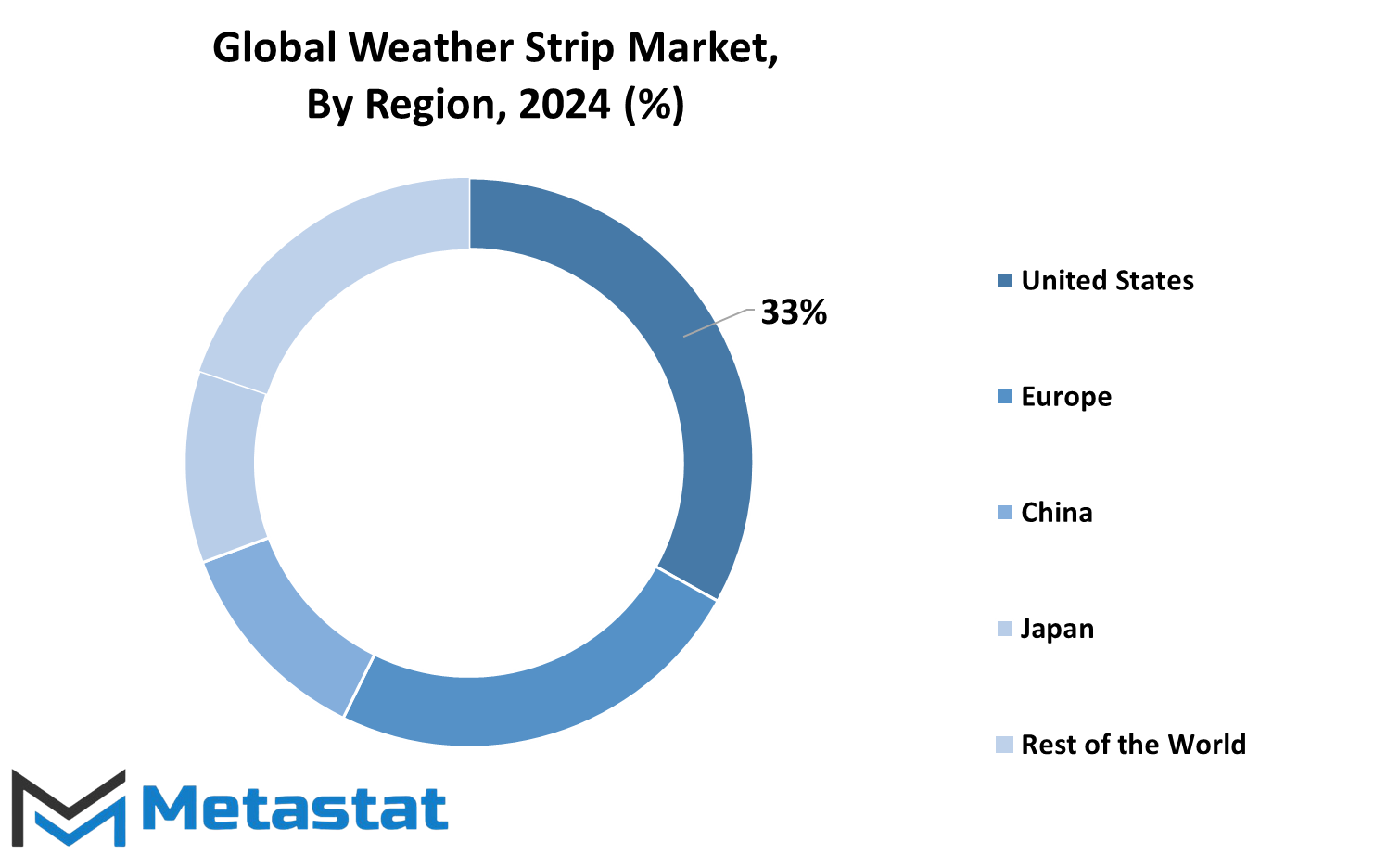
COMPETITIVE PLAYERS
Several major companies are diligently working in the weather strip industry. They are contributing to its growth and development. Some of the leading names include 3M Company, Cooper Standard Automotive, Inc., Hutchinson S.A., Schlegel Automotive, and Nashua Tape. Shurtape Technologies, LLC., Foshan Hanzson Building Materials Co., Ltd, and Nitto Denko Corporation also play a significant role in the market. Other key players in the market include Elasto Proxy, DOW Corning Corporation, Dana Incorporated, Gore-Tex (W. L. Gore & Associates, Inc.), and DENSO Corporation.
Each of these companies has marked its presence with innovative solutions to meet the increasing demand for weather-resistant products. Their weather strips are used in industries such as automotive, construction, and consumer goods, where air, dust, and moisture infiltration needs to be prevented. For example, in the automotive industry, sealing doors, windows, and other parts of vehicles with weather strips is necessary to ensure energy efficiency and protection from the elements.
The contributions of these companies are also important for the improvement of the performance and durability of weather strips. They continue to create new materials and technologies through their ongoing research and development in order to improve the effectiveness of these products. This results in the continued growth and expansion of the weather strip industry as these companies work together to meet the needs of all sectors while ensuring the quality and reliability of their products.
The wide variety of companies represented in this category is due to the global demand for weather strips since these products are essential for any residential or commercial application. As countries around the globe focus more on energy efficiency and sustainability, the demand for reliable weather strips will only go up from here. It is, therefore, critical that those key players will address this rising demand by offering the products in question, which reduce the cost of energy, enhance comfort, and increase the lifespan of buildings and vehicles.
The weather strip industry is likely to experience further growth in the coming years due to technological advancements and an increasing focus on environmentally friendly solutions. With key players leading the charge, the industry is well-positioned to address the evolving needs of various markets, ensuring that weather strips remain an essential part of many industries worldwide.
Weather Strip Market Key Segments:
By Type
- Rubber Weather Strips
- Vinyl Weather Strips
- Felt Weather Strips
- Foam Weather Strips
- Plastic Weather Strips
By Application
- Automotive
- Building and Construction
- Appliances
- Marine
- Industrial
By Distribution Channel
- Direct Sales
- Retail Distribution
- Online Distribution
- Wholesale Distribution
By End-User
- Residential
- Commercial
- Industrial
- Automotive Manufacturers and Aftermarket
Key Global Weather Strip Industry Players
- 3M Company
- Cooper Standard Automotive, Inc.
- Hutchinson S.A.
- Schlegel Automotive
- Nashua Tape
- Shurtape Technologies, LLC.
- Foshan Hanzson building materials Co.,Ltd
- Nitto Denko Corporation
- Elasto Proxy
- DOW Corning Corporation
- Dana Incorporated
- Gore-Tex (W. L. Gore & Associates, Inc.)
- DENSO Corporation
WHAT REPORT PROVIDES
- Full in-depth analysis of the parent Industry
- Important changes in market and its dynamics
- Segmentation details of the market
- Former, on-going, and projected market analysis in terms of volume and value
- Assessment of niche industry developments
- Market share analysis
- Key strategies of major players
- Emerging segments and regional growth potential



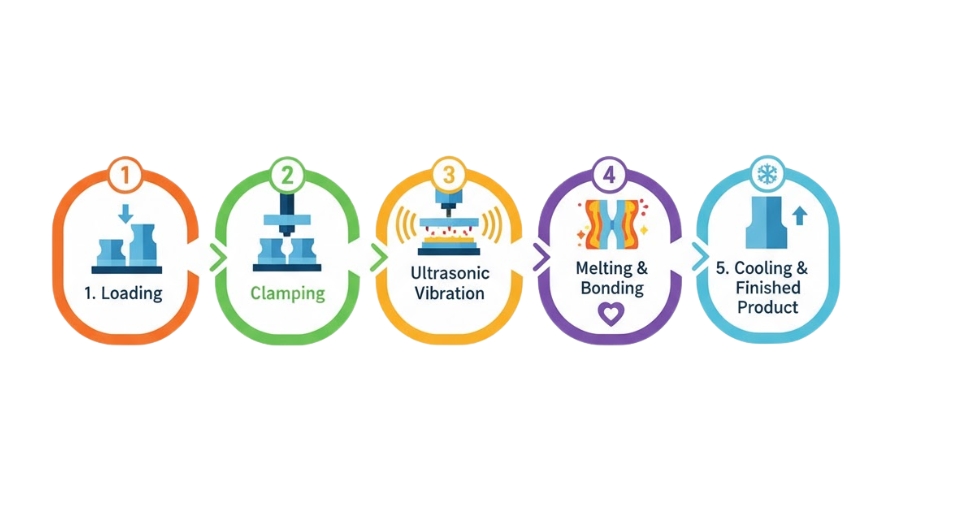
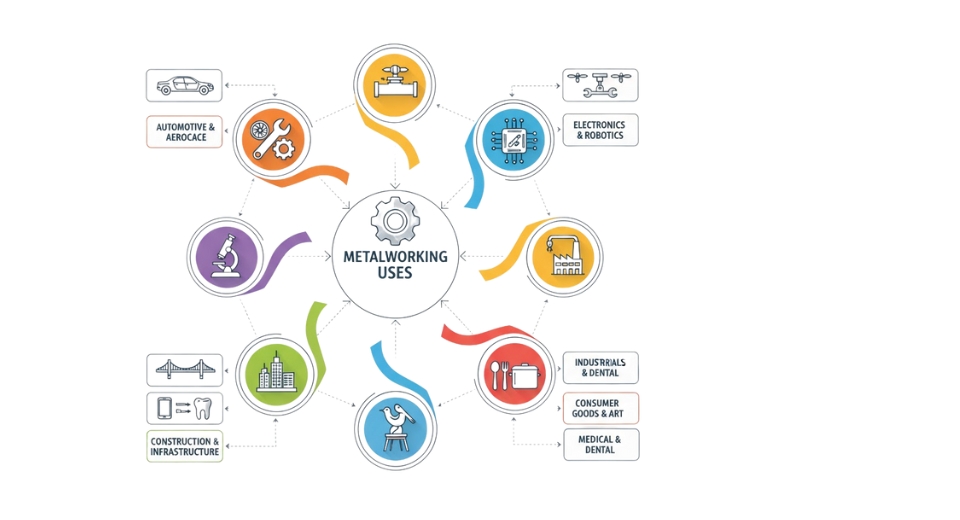
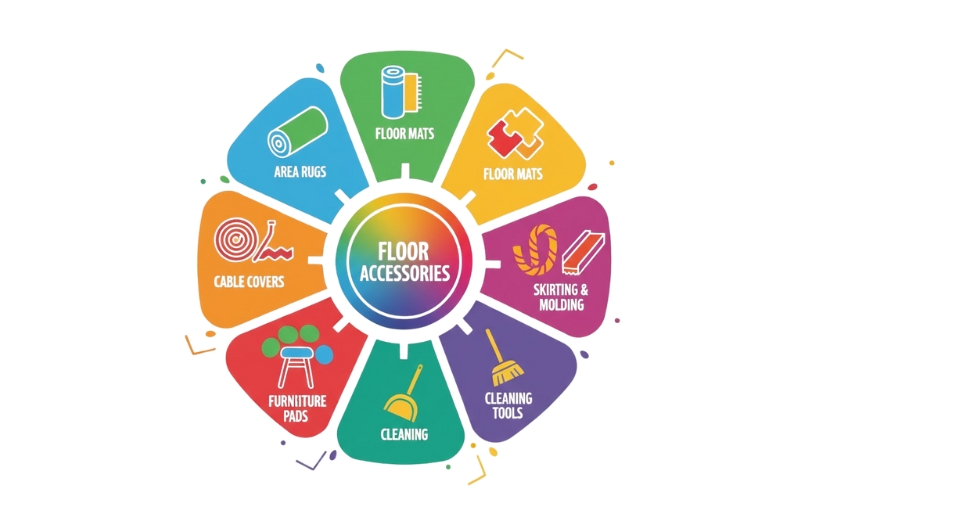
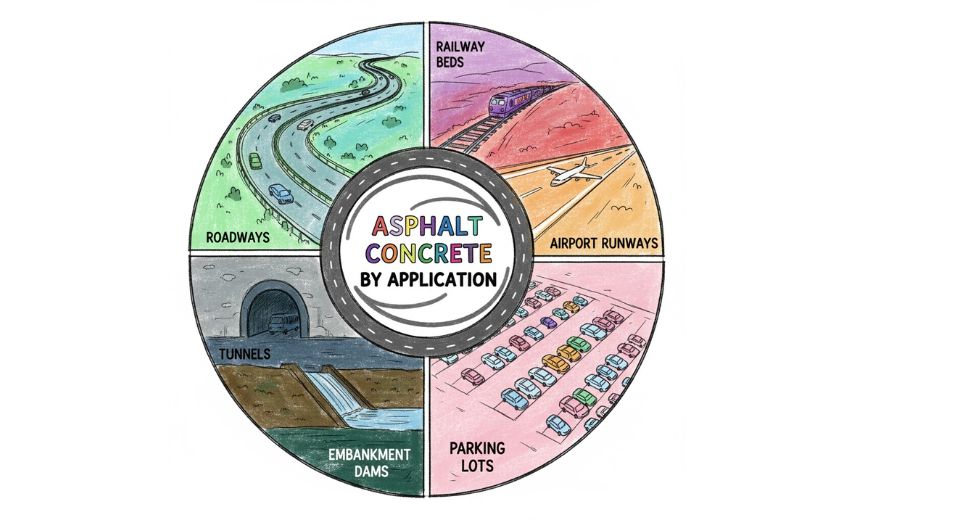

 US: +1 3023308252
US: +1 3023308252






